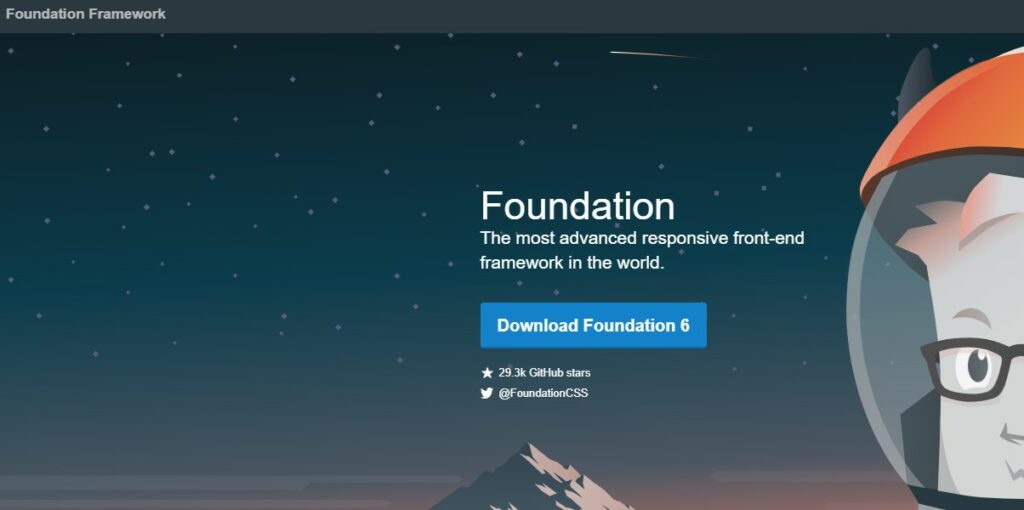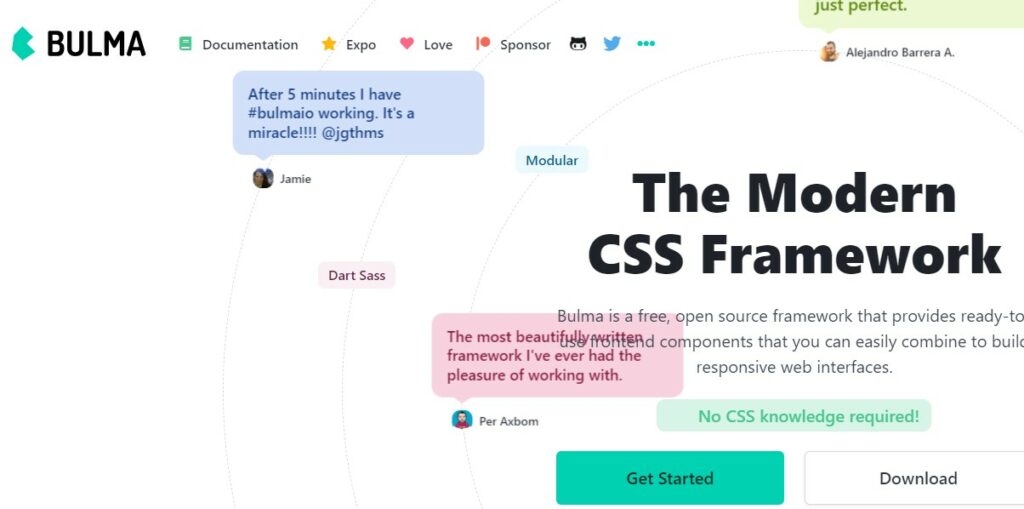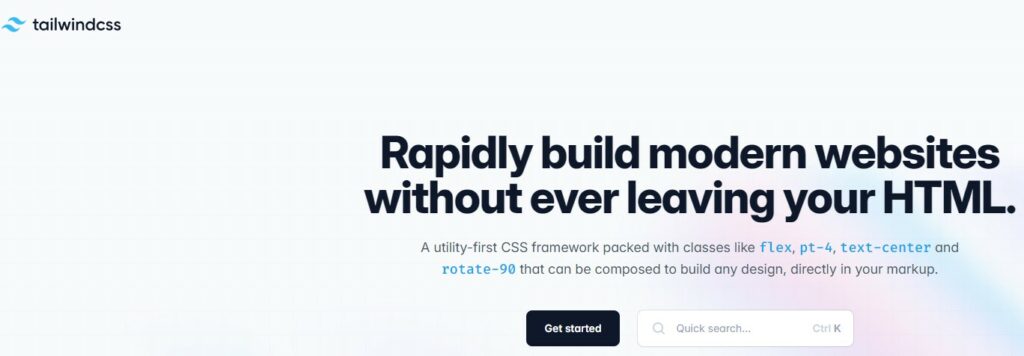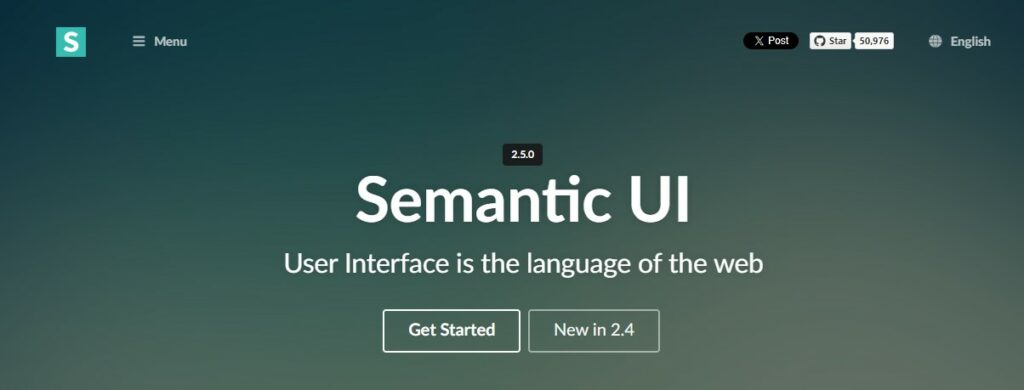Finding options of Bootstrap alternatives can make your resources expand further.
When you begin a web development project, the choice of a front-end framework is crucial to both the design and efficiency of your website.
Bootstrap has been a popular choice for years, providing a robust set of tools that make development faster and ensure responsiveness across devices.
However, with the evolution of web technologies and varying project needs, it’s valuable to consider alternatives that might align better with your specific goals.
Exploring Bootstrap alternatives can open up new possibilities in terms of design, functionality, and performance.
Some frameworks focus on minimalism and speed, such as Tailwind CSS.
It allows for highly customized designs without the weight of pre-styled components.
Others, like Foundation, are renowned for their advanced grid systems and flexibility, serving large-scale projects with complex requirements.
Each alternative framework comes with its own set of advantages, touching on aspects like customization, ease of use, and community support.
Splitting the text up into at most two sentences per paragraph will make it easier to read and understand.
As you weigh your options, remember that the best framework for you is the one that fits seamlessly with your workflow and project demands.
Whether you need a lightweight solution for a small project or a comprehensive toolkit for an enterprise-level application, there’s a wide array of frameworks out there ready to cater to your needs.
Popular Bootstrap Alternatives
In your quest for the perfect CSS framework, you’ll find these popular alternatives to Bootstrap offering unique features that cater to different preferences and project requirements.
1. Foundation

Foundation is a sophisticated front-end framework that provides you with a set of tools to create responsive and accessible websites.
Its grid system is flexible and mobile-first, meaning it’s designed to work on any device seamlessly.
2. Bulma

Bulma is a modern CSS framework based on Flexbox, which offers a simple and clean syntax.
It’s known for being lightweight and customizable, giving you the power to build a responsive site with ease.
3. Tailwind CSS

Tailwind CSS stands apart by providing a utility-first approach to styling.
This means you build designs directly in your markup with predefined classes, leading to more customized, maintainable layouts without the excess code.
4. Semantic UI

Semantic UI stands out for its use of human-friendly HTML syntax.
This framework enables you to control your layout with meaningful tags, resulting in intuitively styled components that enhance user experience.
Considering Performance and Customization
When choosing a CSS framework, you should consider both how it impacts your website’s performance and how easily it allows you to tailor styles to your needs.
CSS Framework Performance
Tailwind CSS offers an approach centered on utility classes, which can lead to more efficient stylesheet sizes if used correctly.
You define what you need, which means carrying less unused CSS.
Tachyons is another performance-focused framework, emphasizing small file sizes for snappier load times.
Ease of Customization
With Bulma, you have more control over your design with variable-based styles.
It’s a CSS-only framework, which means you’re not forced to include any JavaScript.
Foundation provides a robust grid and flexibility with Sass variables, making it a strong candidate for intensive customization tasks.
Community and Support
When considering alternatives to Bootstrap, you should look into the community engagement and the documentation and support resources available.
These factors are crucial in ensuring you get the help you need when working with a new framework.
Community Engagement
The community around a CSS framework contributes significantly to its growth and sustainability.
Active communities offer diverse perspectives and can assist in troubleshooting, whereas larger communities may have more frequent updates and plugins.
Tailwind CSS: Boasts a robust and vibrant community.
Engage with fellow developers on forums and Discord, or share thoughts on the extensive repository of plugins.
Bulma: While smaller than Tailwind, Bulma also has a dedicated following.
Contribute to discussions on GitHub and benefit from community-generated themes and templates.
Documentation and Support Resources
The quality of documentation and support resources directly affects your learning curve and troubleshooting efficiency.
Tailwind CSS
Documentation: Detailed and well-organized, providing clear guidance for different levels of expertise.
Support Channels: Active support through official and community-driven channels such as GitHub and Discord.
Bulma:
Documentation: Concise and easy to navigate, with examples for practical application.
Support Channels: GitHub issues are the main avenue for support, supplemented by community forums.
Future-Proofing Your Project
When selecting a Bootstrap alternative, it’s essential to consider how it will help future-proof your project, ensuring adaptability and compliance with evolving web standards.
Adherence to Web Standards
Your chosen framework must comply with current web standards to maintain compatibility with future web advancements.
Staying aligned with standards such as HTML5 and CSS3 ensures that your site or application will work consistently across different browsers and devices.
Regular updates from the framework provider that address new web standards are a good sign of dedication to future-proofing.
Responsive Design Evolution
As device landscapes evolve, your project’s design must be flexible.
Responsive design practices are integral, guaranteeing that your site functions well on everything from smartphones to large desktop displays.
Seek frameworks that offer:
- Fluid grids and flexible images to allow your layout to adapt to various screen sizes.
- Media queries that enable specific CSS styles for different device characteristics.
- Performance optimization options that ensure your site loads swiftly on all devices, regardless of bandwidth conditions.
Key Takeaways
When exploring alternatives to Bootstrap, you have several CSS frameworks at your disposal that cater to various needs.
Keep in mind the following points:
Flexibility: Look for frameworks offering flexibility in design. For example, Bulma is built on the Flexbox layout.
This makes it a good choice if you prefer modern, grid-based designs.
Customization: An alternative like Tailwind CSS might suit you if you value utility-first principles.
It enables deep customization with its JIT engine for a more personalized design experience.
Advanced Features: Foundation has been flagged as one of the strongest Bootstrap competitors.
It’s known for its advanced features that might give your project an edge.
Community and Documentation: Ensure that the framework you choose has a strong community and comprehensive documentation.
This can greatly ease your development process.
Lightweight Options: If you’re concerned about the heaviness of a framework, you might appreciate options like Pure, which offers a minimalistic approach.
Here’s a brief summary:
| Framework | Highlight | Best for |
|---|---|---|
| Foundation | Advanced features | Complex, responsive layouts |
| Tailwind CSS | Utility-first design | Customization |
| Bulma | Flexbox layout | Modern UI/UX design |
| Pure | Minimalism | Performance sensitive projects |

